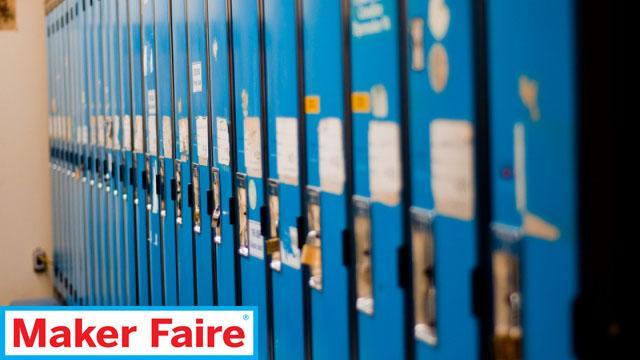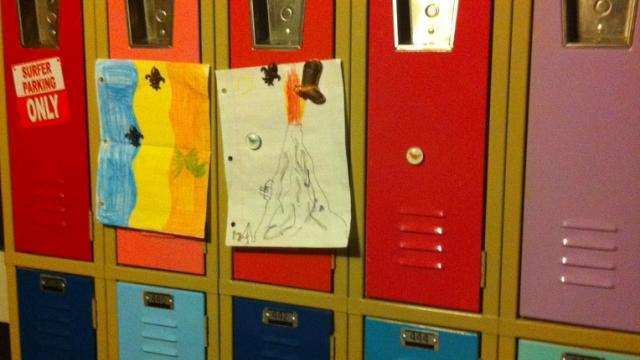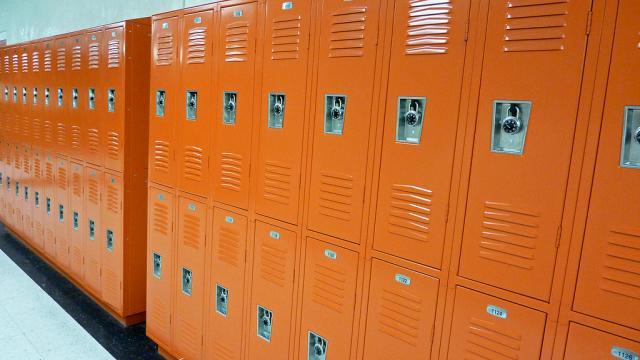Locker Design Design Brief
Client company: Charlotte Mecklenburg Schools
Designers: Michael Bidstrup and Alex Mahler
Problem Statements: Students' lockers are boring, ugly, and lack functionality. Kids are forced to carry around heavy loads of books because they don't want to use their lockers.
Design, construct, and test a prototype of a locker which has additional functionality such as: refrigeration, power outlets, customizability, and more efficient use of physical space.
Constraints:
Due April 8
Must be submitted digitally
Must be affordable for the school district
Must allow for the storage of at least 6 textbooks
mbidstrup's work for the Collect Information step:
Summary
What is the purpose of a school locker? To keep books and school materials in a safe place when they are not immediately needed
Our current school lockers
Our lockers have combination dial locks, air vents, and hooks....
mbidstrup's work for the Brainstorm Ideas step:
Summary
Make a list of all the things you like about your current locker. Ask several friends for their opinions. Hooks make it convenient to hang things within the locker
In this preliminary sketching, it can be seen how our lockers will fit together. Its small size...
mbidstrup's work for the Develop Solutions step:
Summary
We constructed a cardboard prototype of our locker. It includes most of the final features in full-size. However, the actual final product would be out of a metallic alloy, not cardboard and ductape.
Here, the prototype for the inside of the locker can be seen. This is in full scale with all final...













Comments
hjg